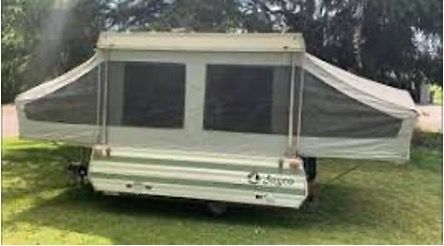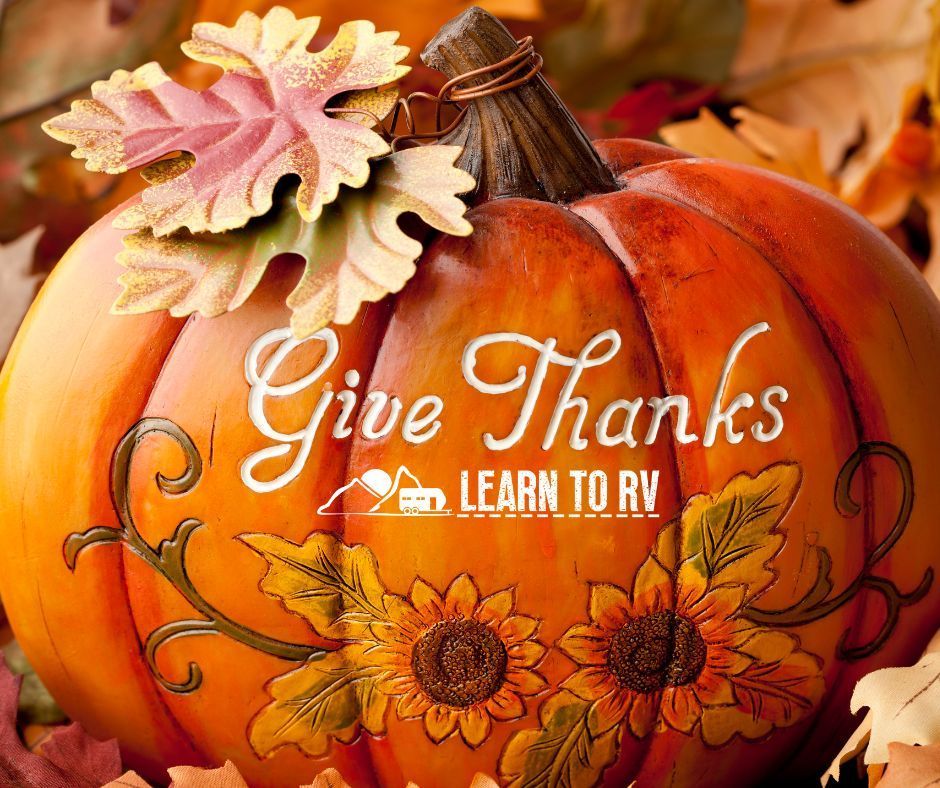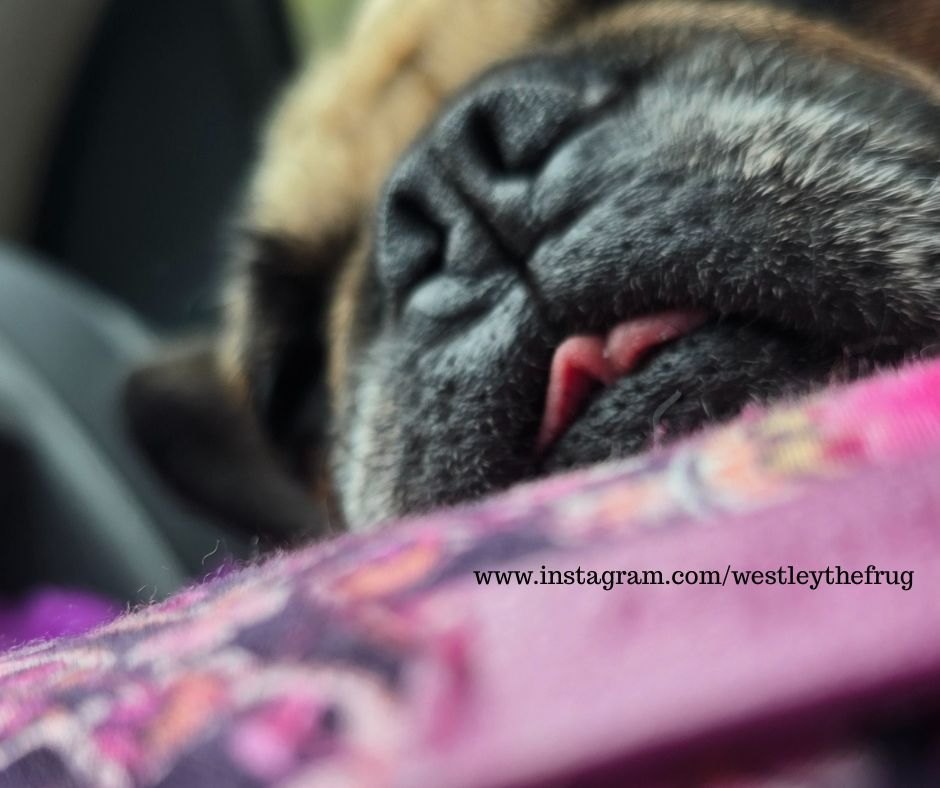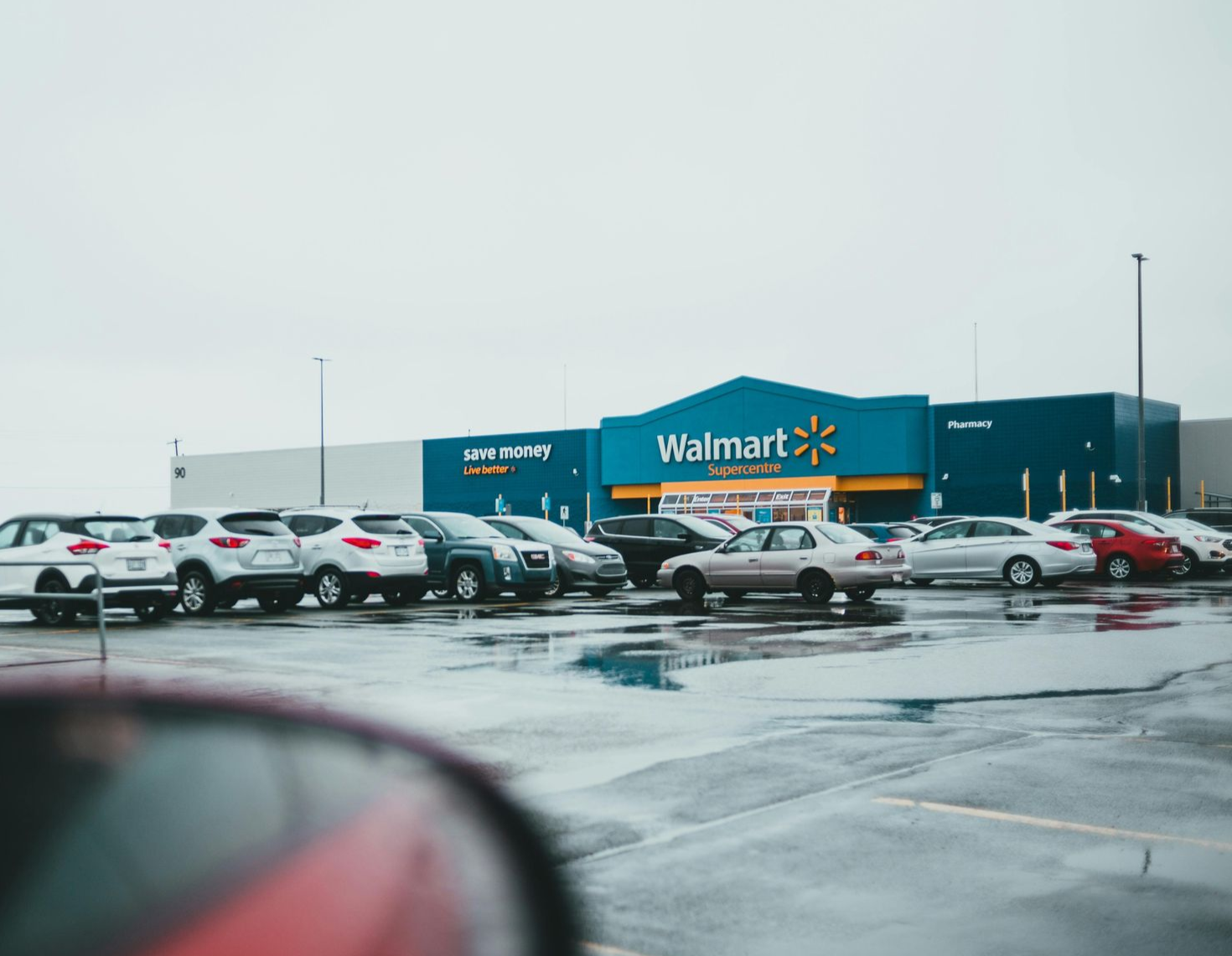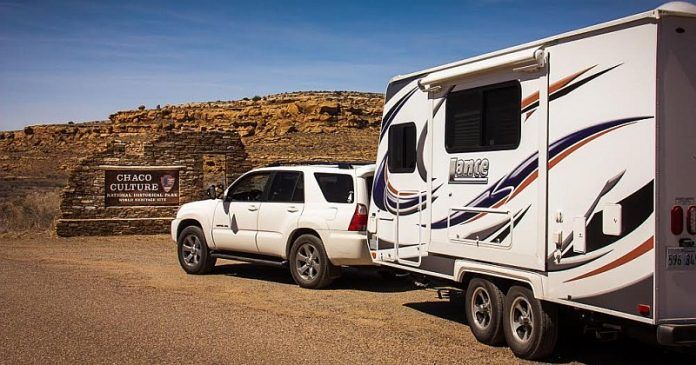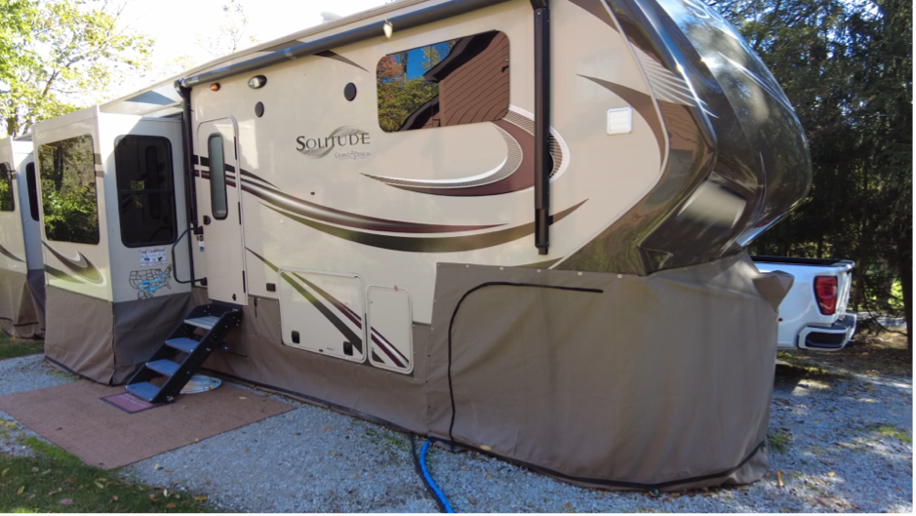Upgrade Your Outland Fire Bowl: Easy Quick Connect Conversion for RV Life
Jim & Michelle Fisher • July 2, 2025
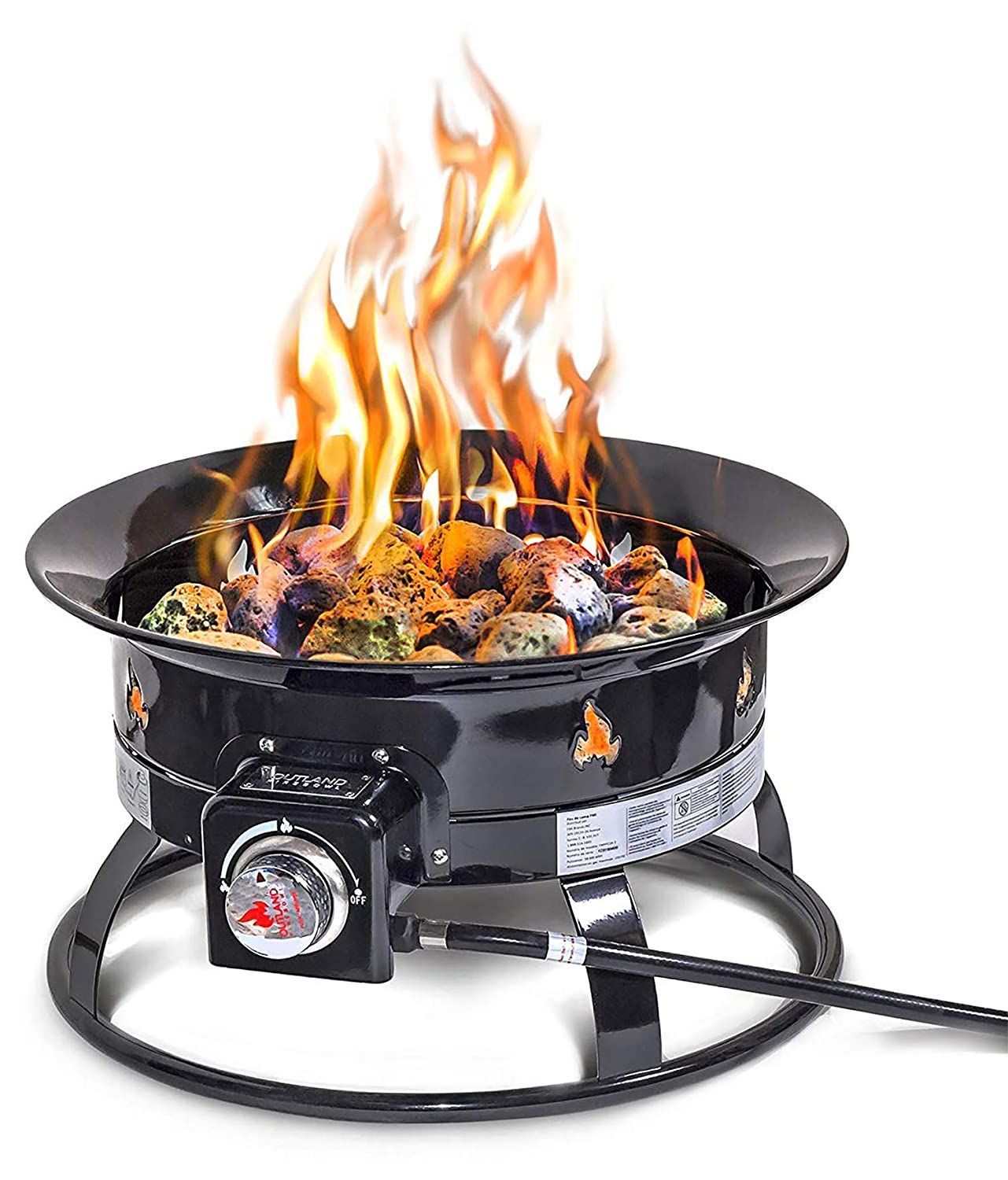
One of the simplest and most enjoyable upgrades you can make to your RV setup is converting your propane fire bowl to work with your RV’s built-in quick connect propane port. If you own an Outland fire bowl (like the popular Model 870), this small project lets you skip hauling around separate propane tanks and gets you ready for cozy, hassle-free campfires—especially in places where wood fires are banned.
We recently made this modification ourselves, swapping out the standard propane hose on our Outland fire bowl for one with a quick connect fitting. The result? A clean, convenient setup that lets us enjoy a fire bowl at any campsite, without the mess, smell, or hassle of wood fires.
Why Convert to a Quick Connect Hose?
Most Outland fire bowls come with a hose designed to hook up to a standard 20-lb propane tank. That works well, but it adds extra gear and more to set up. Many RVs—including ours—have a built-in quick connect propane port designed specifically for accessories like grills or fire bowls. By swapping the hose, you can power your fire bowl directly from your RV’s onboard propane supply.
Here are a few of the biggest benefits:
- No extra tanks to lug around or refill.
- Instant setup—just plug in and turn on.
- Compatible with campgrounds that prohibit wood fires.
- No smoky clothes or stinging eyes—propane burns clean.
- No ash or embers to clean up afterward.
Whether you're in the desert Southwest or dry summer forests in the Pacific Northwest, more and more campgrounds are banning traditional wood fires due to wildfire risk. A propane fire bowl is a great way to get the ambiance without the danger—or the smell.
What You'll Need
The swap is straightforward, and you only need a few parts:
- Quick connect propane hose, compatible with your RV’s LP system and your fire bowl. (Be sure to get one with the correct male quick connect plug and the appropriate fitting for the fire bowl’s regulator.)
- Adjustable wrench or crescent wrench.
- Soapy water spray (for leak testing).
Note: Depending on your RV, the quick connect port will supply low-pressure propane. This means your fire bowl must have its regulator removed if the line is already regulated. Most Outland fire bowls include their own regulator, so make sure your hose bypasses it or that the regulator is removed for compatibility with your RV system.
How To Make The Switch
01
Safety First
Turn off all propane supplies at the source. This includes closing the valve on your RV’s propane tanks and making sure all appliances are shut off.
02
Remove the Original Hose
Use your wrench to disconnect the existing hose from the fire bowl. It’s usually attached via a ⅜" female flare fitting. Hold the fitting steady with one wrench while you loosen the nut with another to avoid damaging any parts.
03
Install the Quick Connect Hose
Now, screw the new hose’s ⅜" female flare end onto the fire bowl where the original hose was removed. Tighten it with your wrench, being careful not to overtighten. Flare fittings do not require Teflon tape or pipe dope—they seal through compression, not threading. Adding tape or sealant could cause leaks or damage the fitting.
04
Connect to the RV
Plug the other end of the hose (the male quick connect fitting) into your RV’s LP port. Most RV quick connects are spring-loaded—you’ll pull back the collar on the port, insert the fitting, and release the collar to lock it in.
05
Test for Leaks
Turn on the propane at your RV and apply soapy water to the connections. Look for bubbles that indicate a leak. If none appear, you’re good to go.
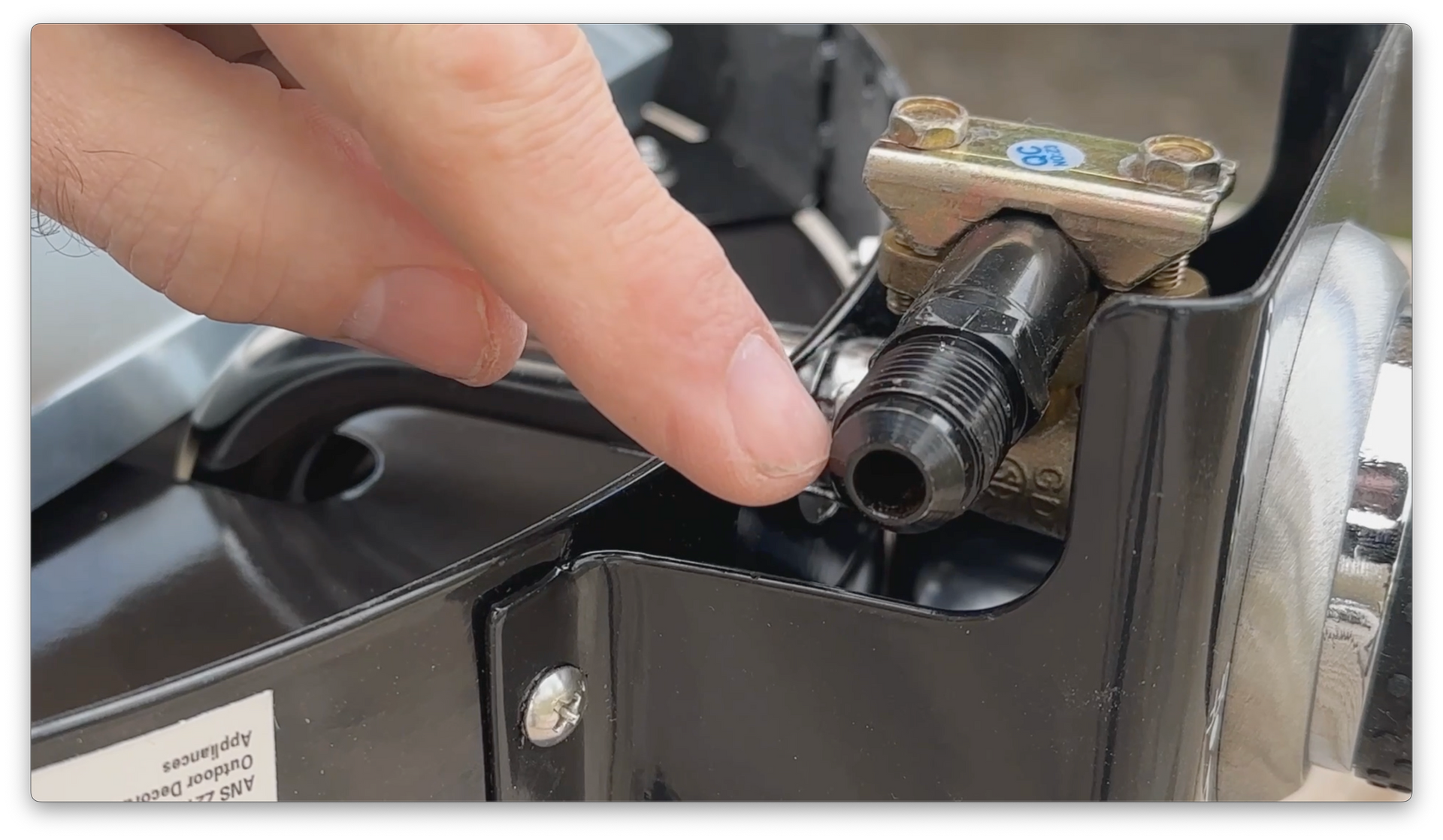
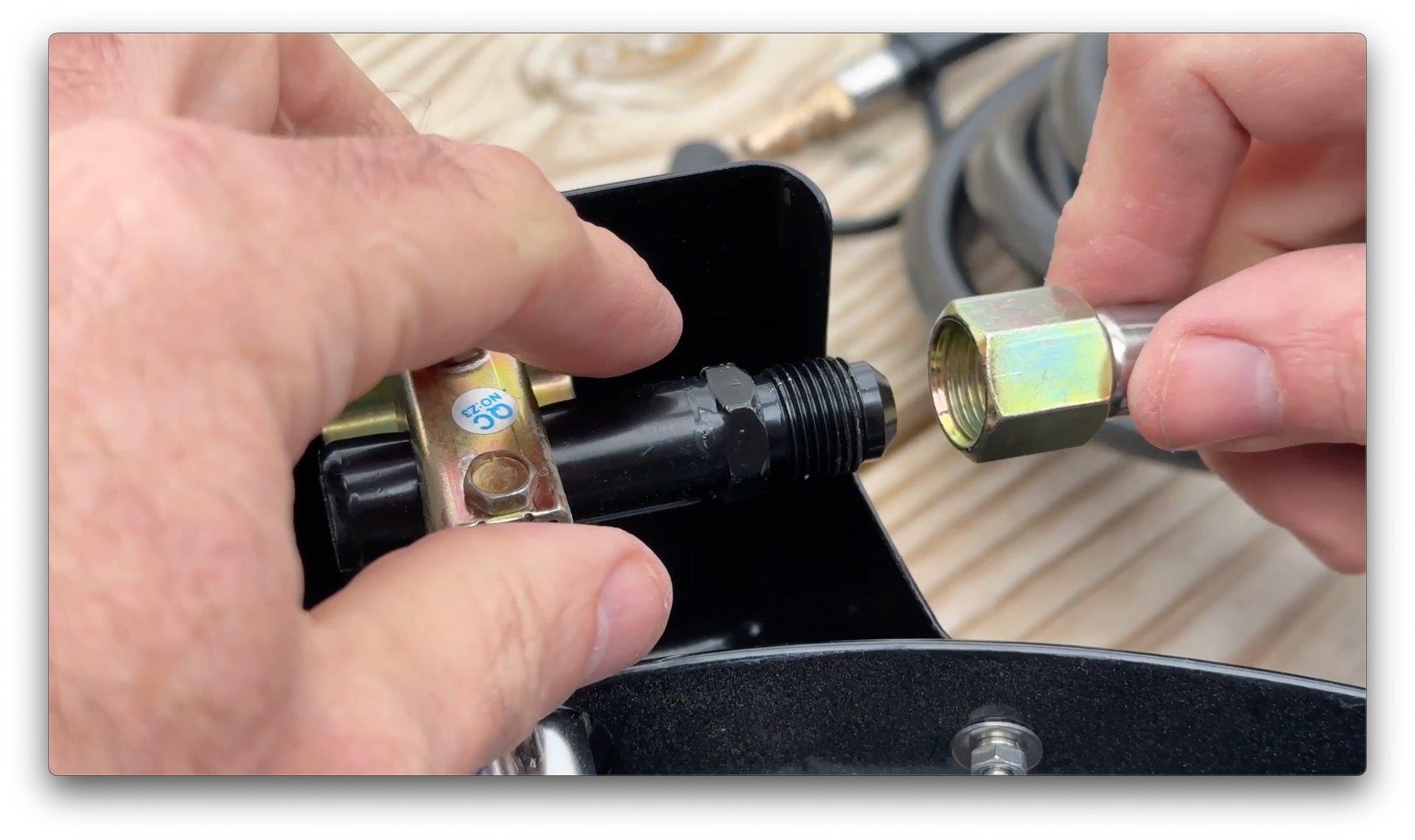
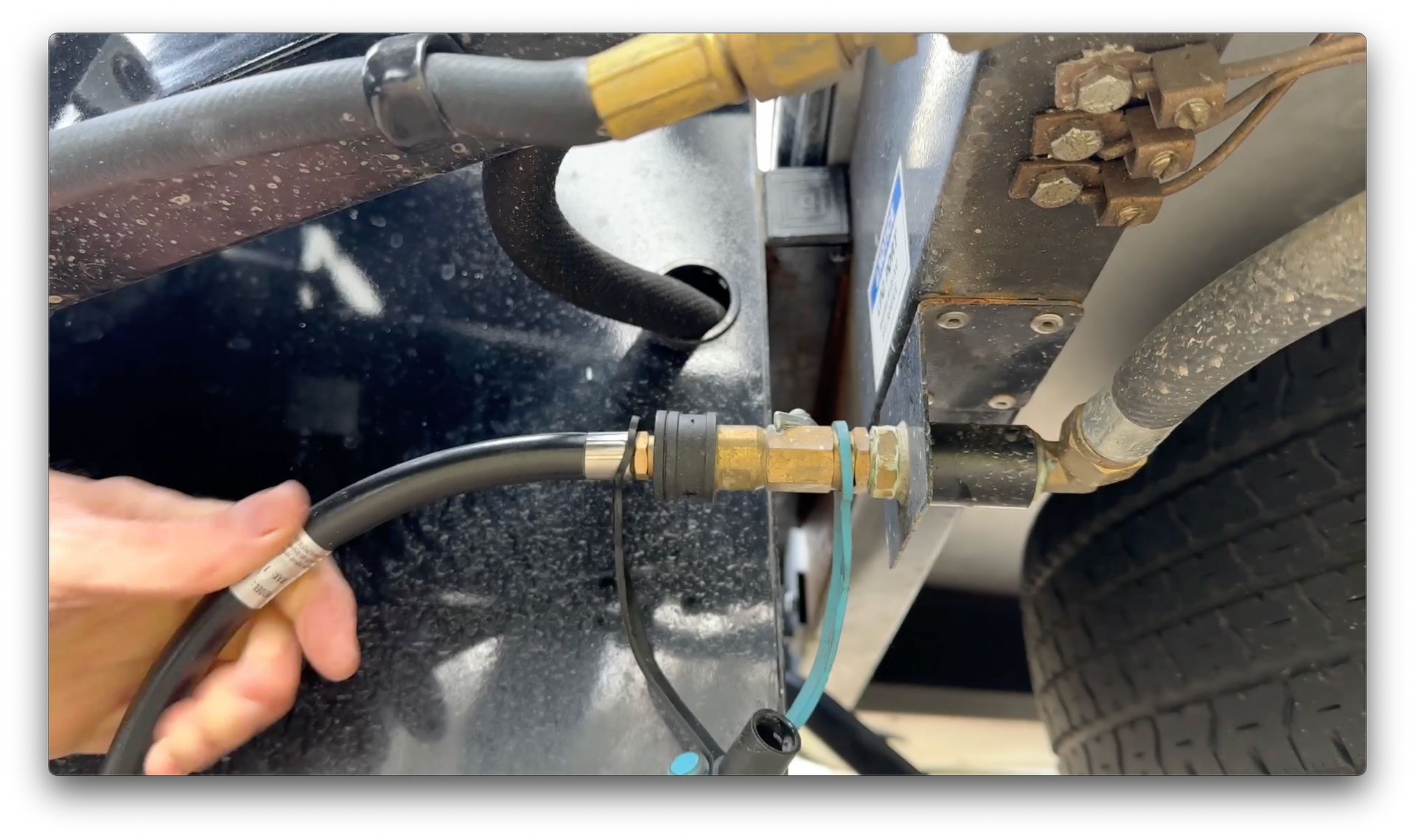
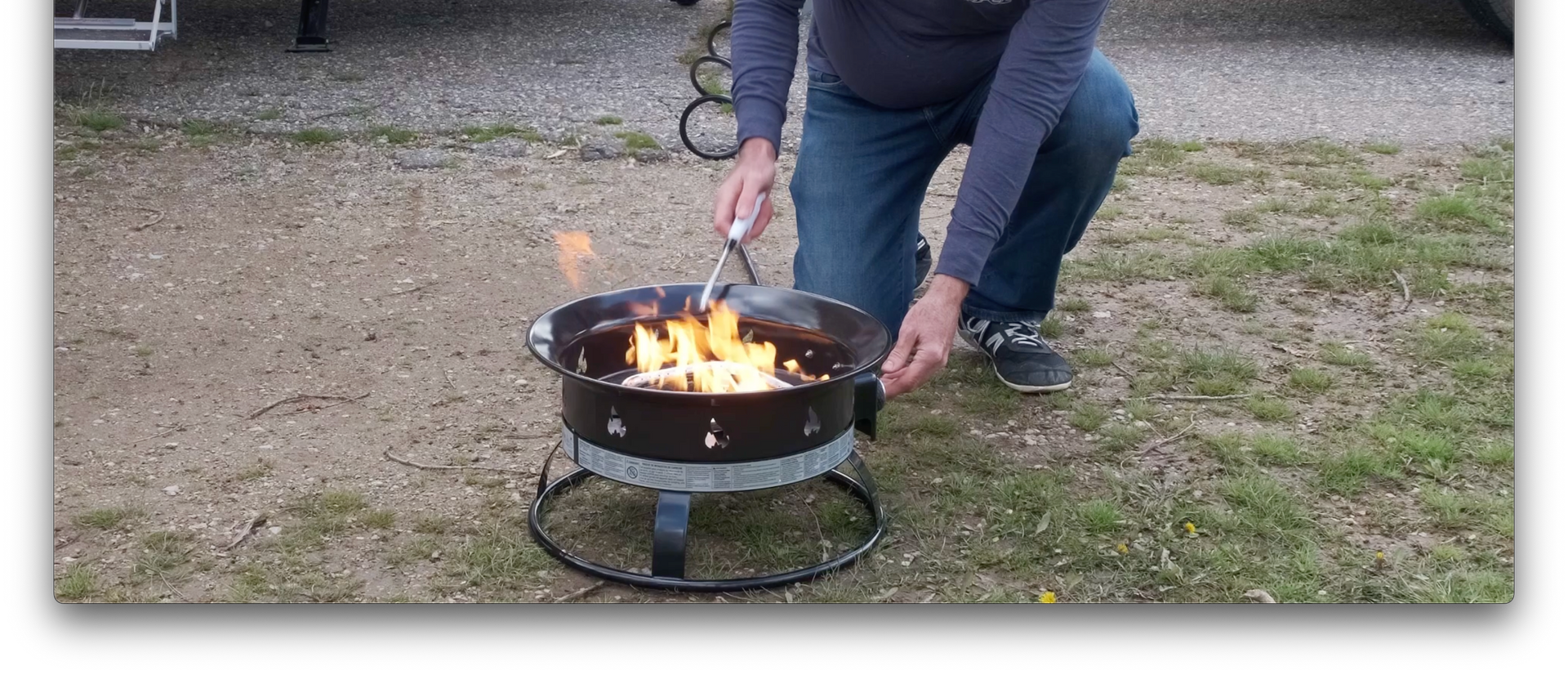
Enjoy Your New Setup
With everything connected and leak-tested, you’re ready to enjoy a clean, convenient fire bowl wherever your travels take you. We fired up the Outland after our conversion and it worked perfectly—steady flame, no fuss, and no dragging around an extra tank.
Now, when we roll into a site, all we have to do is hook up the hose and turn a knob. It’s quick, easy, and keeps our patio setup clean and streamlined.
Whether you're traveling in an Airstream like us or any other RV, this is a great weekend project that adds real-world convenience to your rig. Plus, with wood fire bans becoming more common, a propane fire bowl gives you peace of mind and keeps the campfire experience alive—without the smoke.
Have you made this modification or thinking about it? Let us know in the comments how your setup turned out or if you have questions before getting started.
Happy camping, and stay safe out there!
Jim & Michelle Fisher
Airstreamer
Other blogs you might like...
